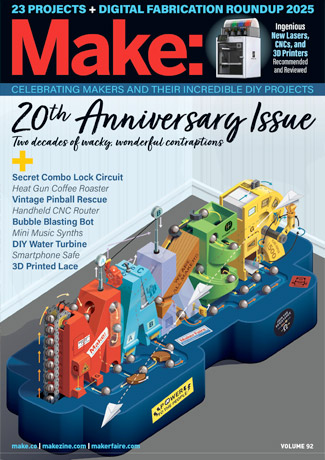Kundt’s tube is one of several classic acoustics instruments used originally to measure, and now mostly to demonstrate, phenomena related to standing waves. Unlike Ruben’s tube (which uses open flame and requires a source of combustible fuel) or a Chladni plate (which uses loose fine powder) to create similar effects, Kundt’s tube is both completely safe and completely clean. It can’t start any fires and the granular material is totally contained within the tube. This makes Kundt’s tube rather more suitable for permanent installations, especially in science museums or other kid-friendly environments.


Interference between the two similar tones produces beats that determine the location of nodes and anti-nodes in the standing wave pattern, and hence the pattern assumed by the acoustically-levitated beads. The control panel also features an LCD readout of the two frequencies in real time, and conceals an Arduino Uno configured to function as a dual frequency generator, plus an off-the-shelf stereo amplifier to boost output power. “While the sound is quite loud inside the tube,” Sullivan writes, “the chamber is sealed and the noise is quite moderate when operating.”
ADVERTISEMENT






